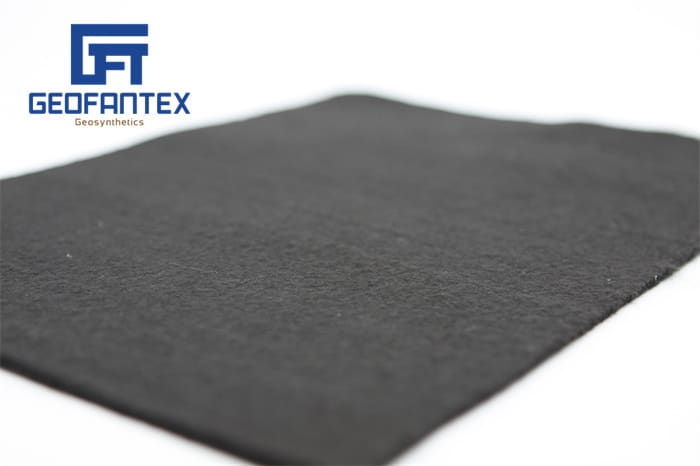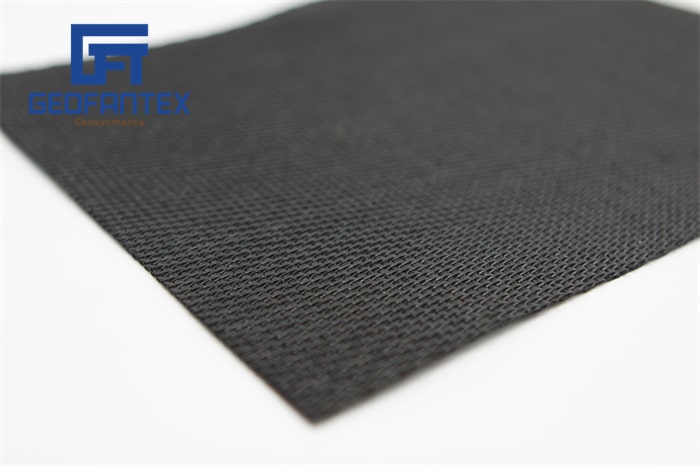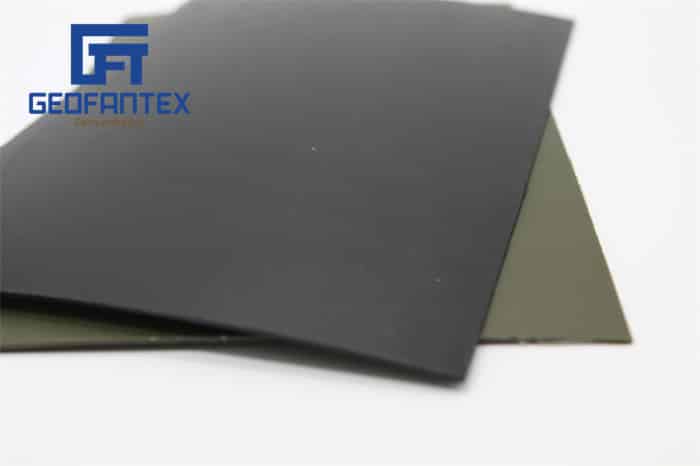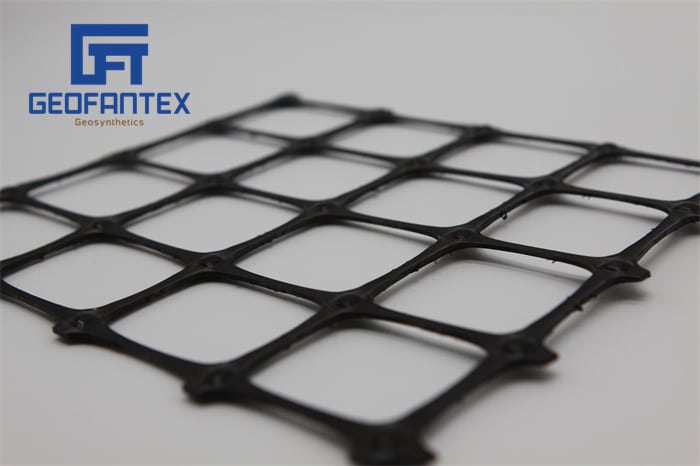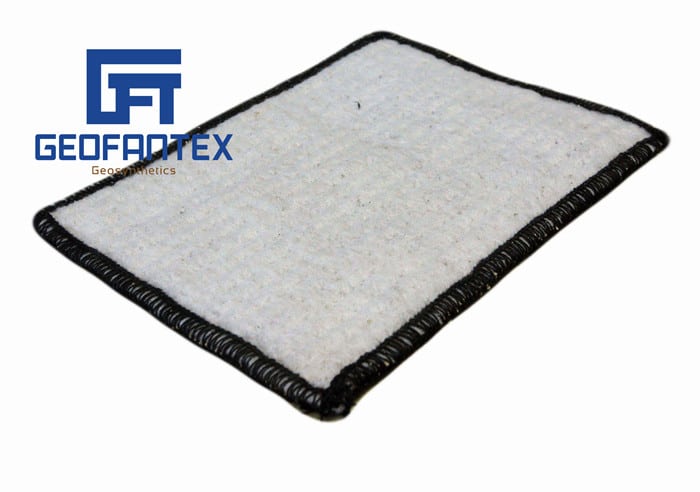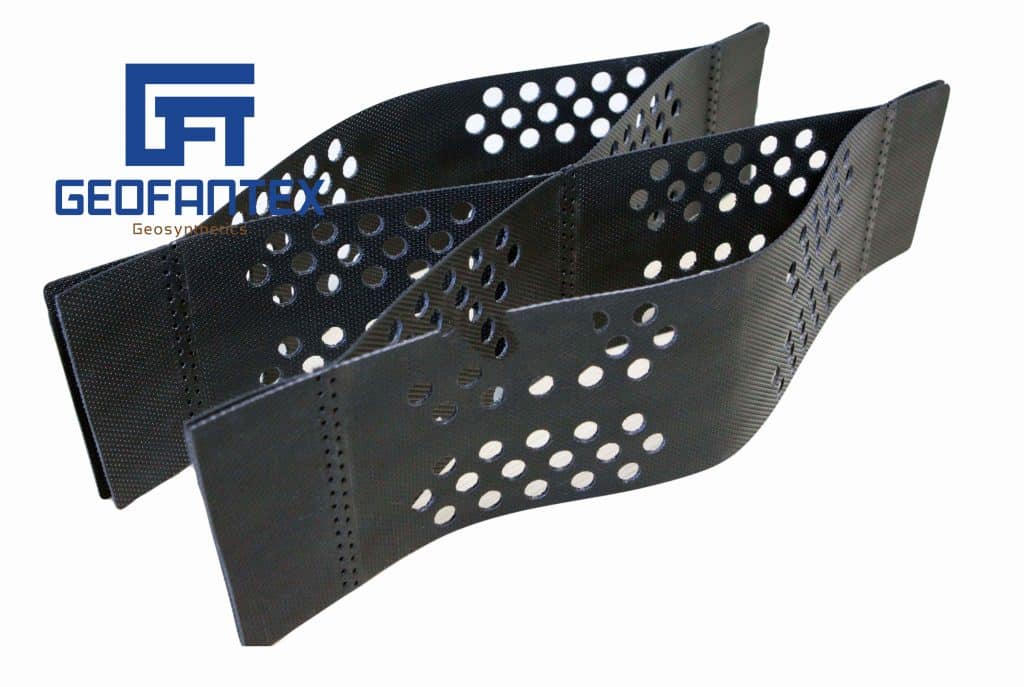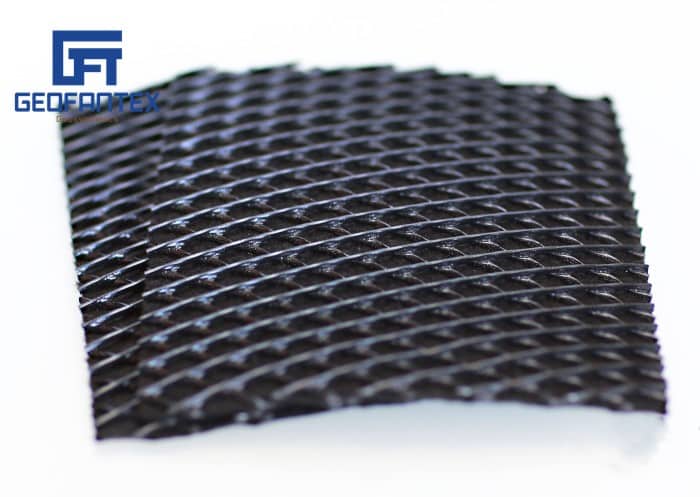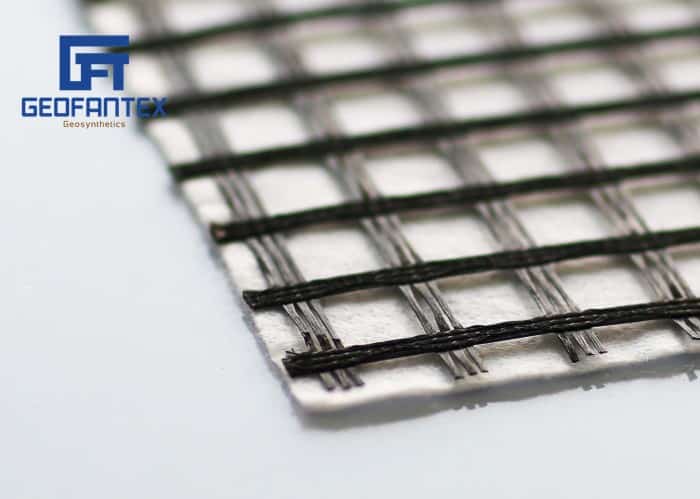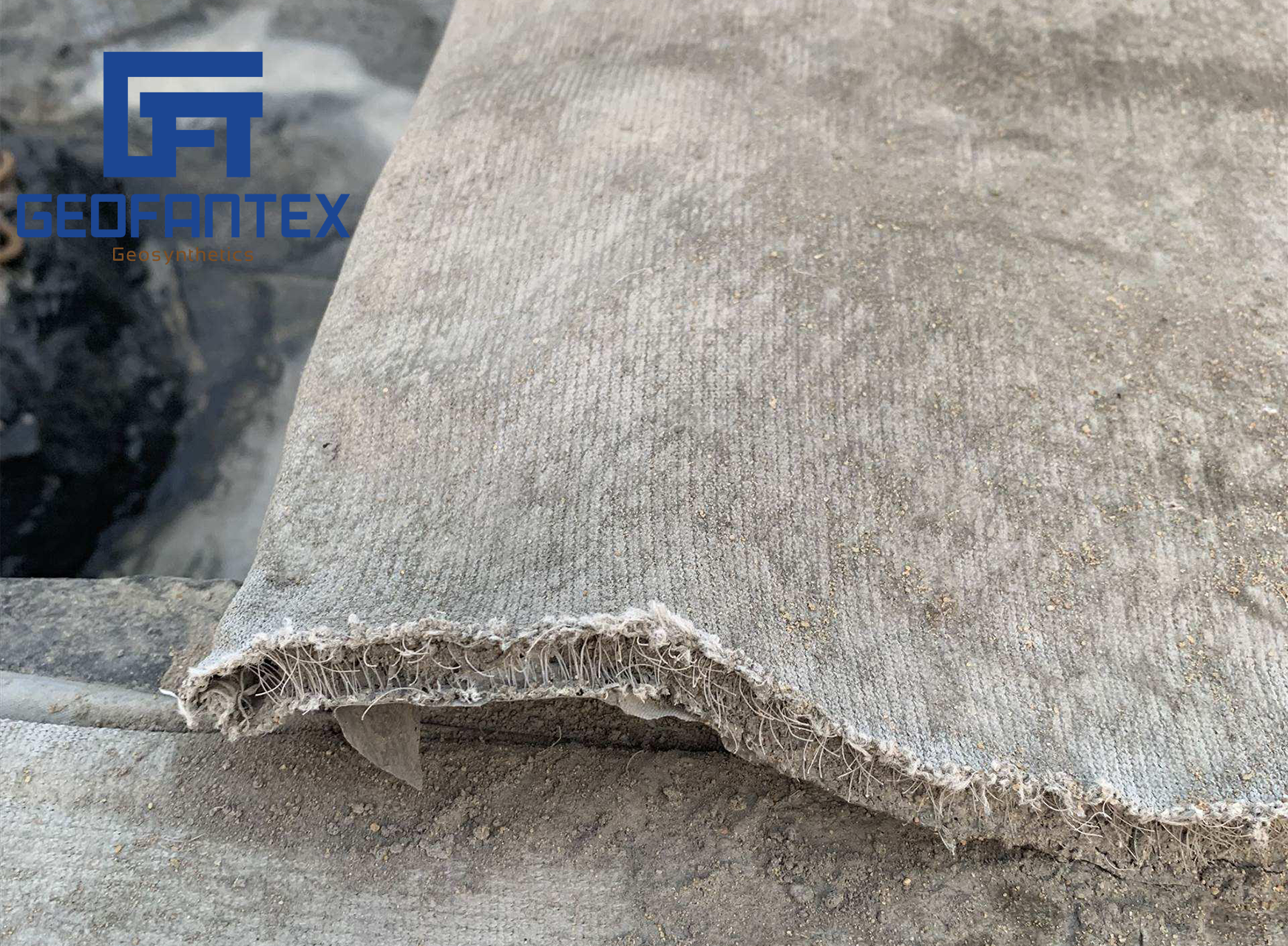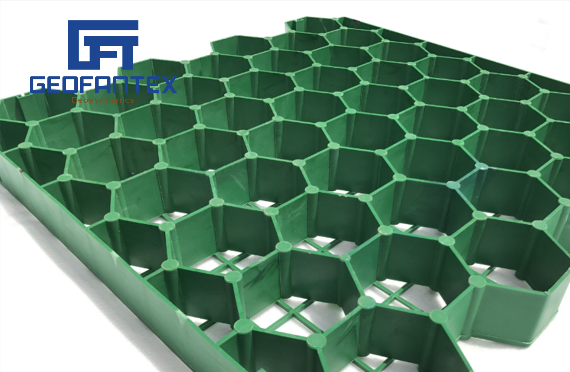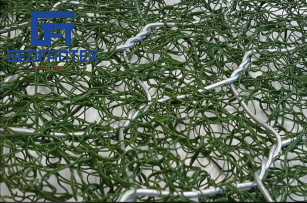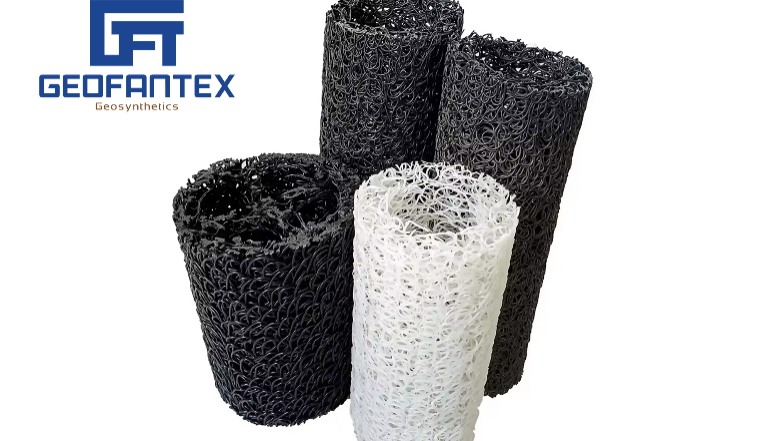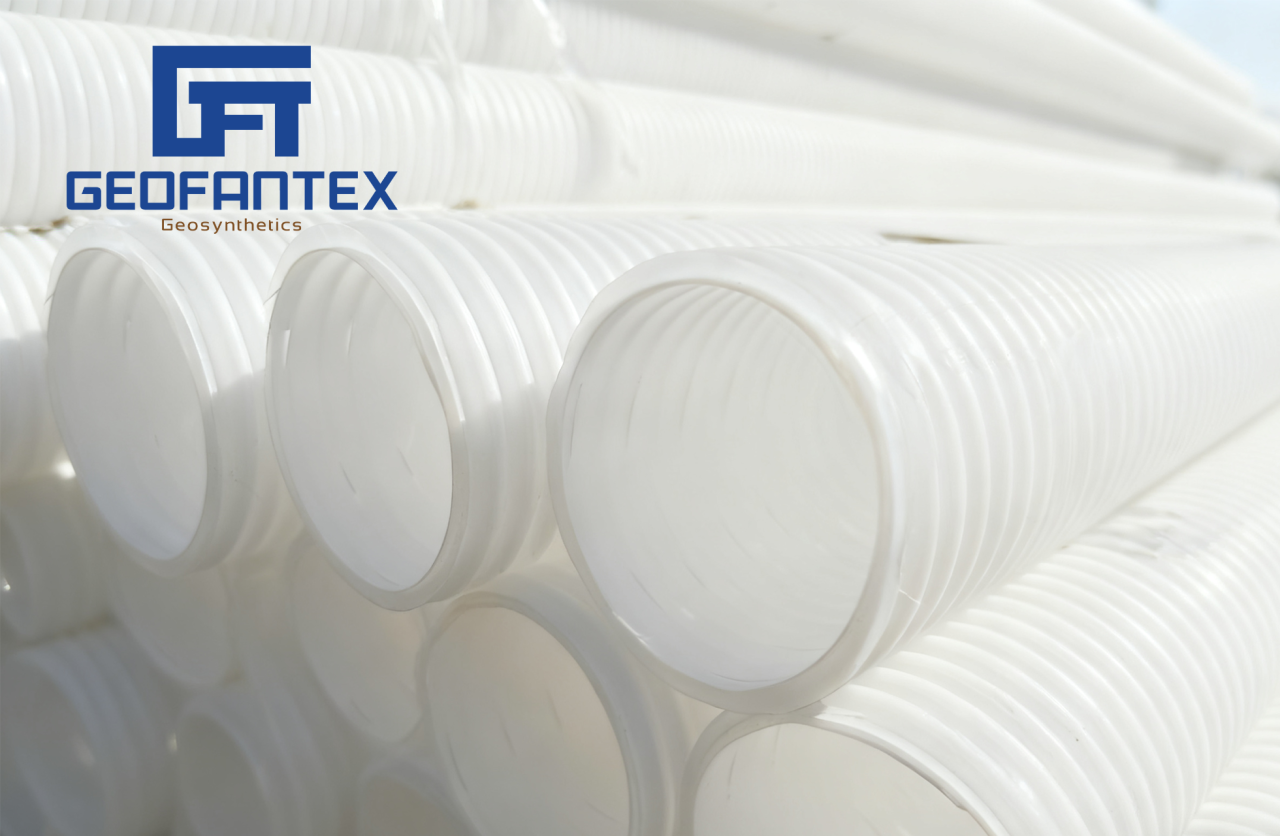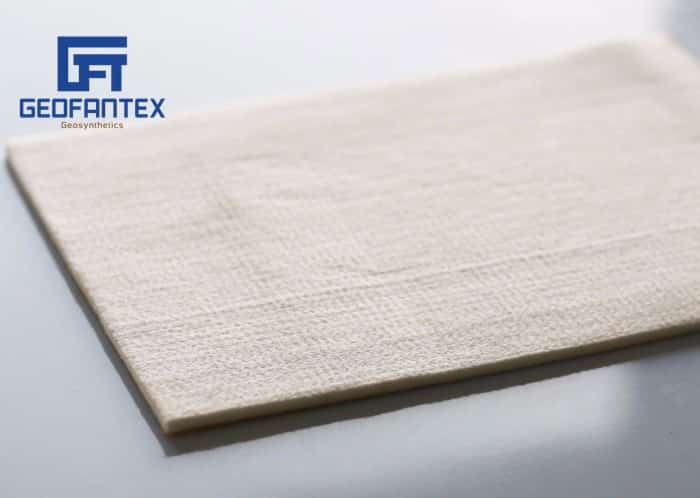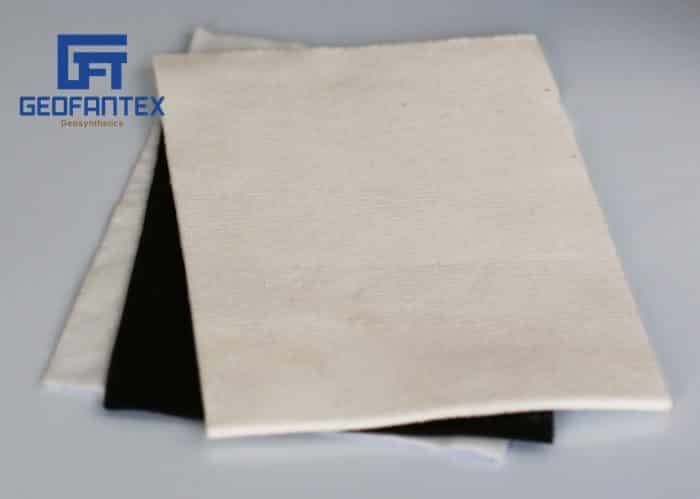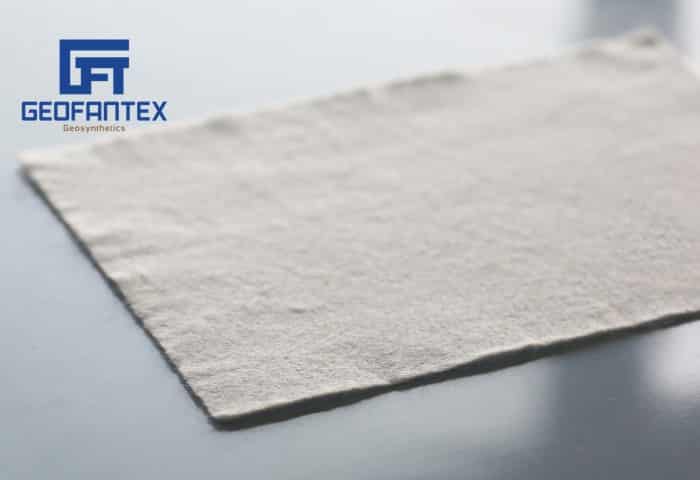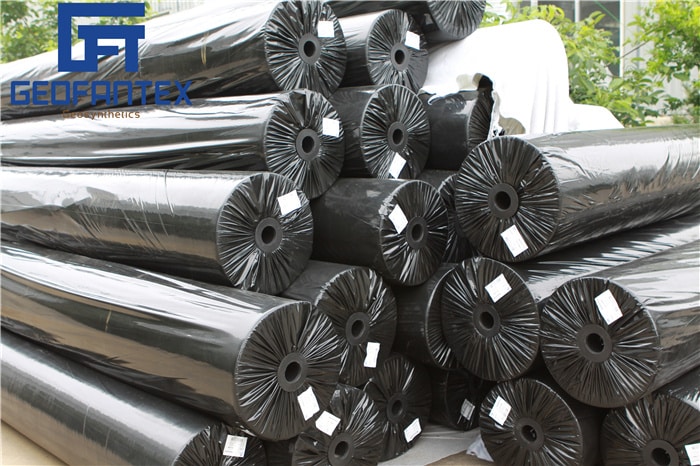+86-159 9860 6917
info@geofantex.com
geofantex@gmail.com
+86-400-8266163-44899
Geocomposite drainage mat solutions have become a go-to approach in geosynthetic engineering for solving complex drainage issues in roadways, retaining walls, and foundation systems. In this article, we answer four key questions that engineers and contractors frequently ask about using geocomposite drainage mat systems to improve project outcomes.
What problem does a geocomposite drainage mat solve in construction projects?

A geocomposite drainage mat effectively addresses the issue of water accumulation in soil structures. In many infrastructure projects, poor subsurface drainage can lead to erosion, instability, and long-term structural damage. These mats provide a consistent pathway for water to escape, reducing hydrostatic pressure and preventing water-related failures in geotechnical applications.
How is a geocomposite drainage mat different from traditional drainage layers?
Traditional drainage systems, such as gravel layers or perforated pipes, can be bulky, expensive, and time-consuming to install. In contrast, a geocomposite drainage mat combines a drainage core (typically a geonet or cuspated plastic) with a geotextile filter layer, making it lightweight, easy to install, and efficient in constrained spaces. It offers a thinner profile and faster installation without sacrificing performance.

Where is a geocomposite drainage mat most commonly used?
These mats are commonly used in retaining walls, landfill liners, tunnel linings, green roofs, and below-grade waterproofing systems. In each case, they serve to channel water away from sensitive structures, maintaining integrity and reducing maintenance costs. Engineers prefer them for their durability and ability to perform under high loads and in chemically aggressive environments.
What should be considered when selecting a geocomposite drainage mat?
When choosing the right mat, consider flow capacity, compressive strength, chemical resistance, and compatibility with surrounding soils. It’s also essential to match the mat design with the project’s specific drainage needs—whether it’s for vertical or horizontal flow. Proper selection ensures long-term performance and cost-effectiveness in both temporary and permanent installations.
A geocomposite drainage mat is a reliable, efficient, and modern solution for managing subsurface water in a variety of civil engineering projects. Its ability to solve drainage problems while reducing installation time and material bulk makes it an essential component in today’s geosynthetic systems.

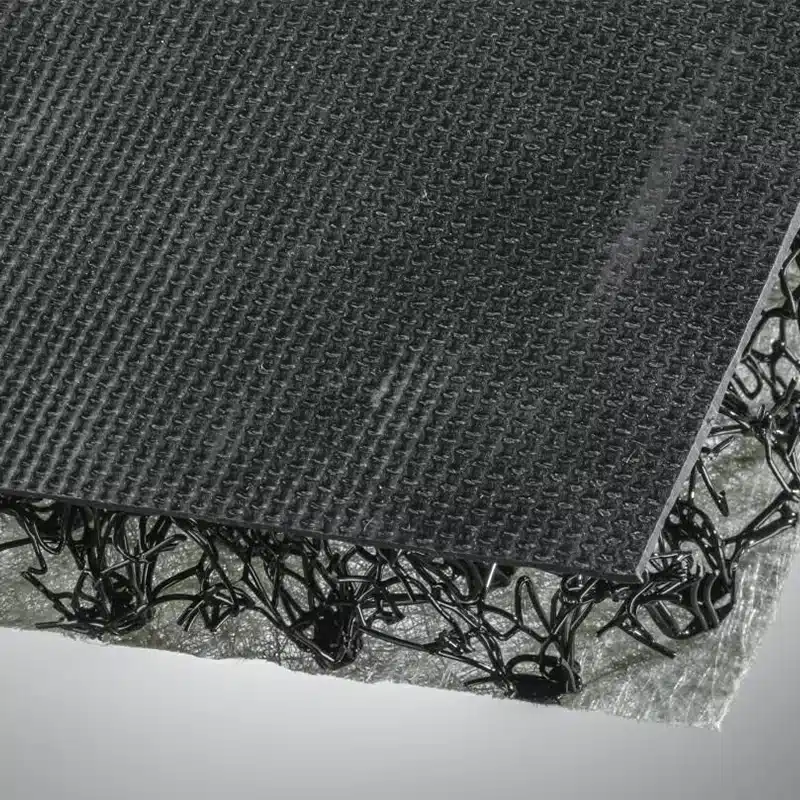
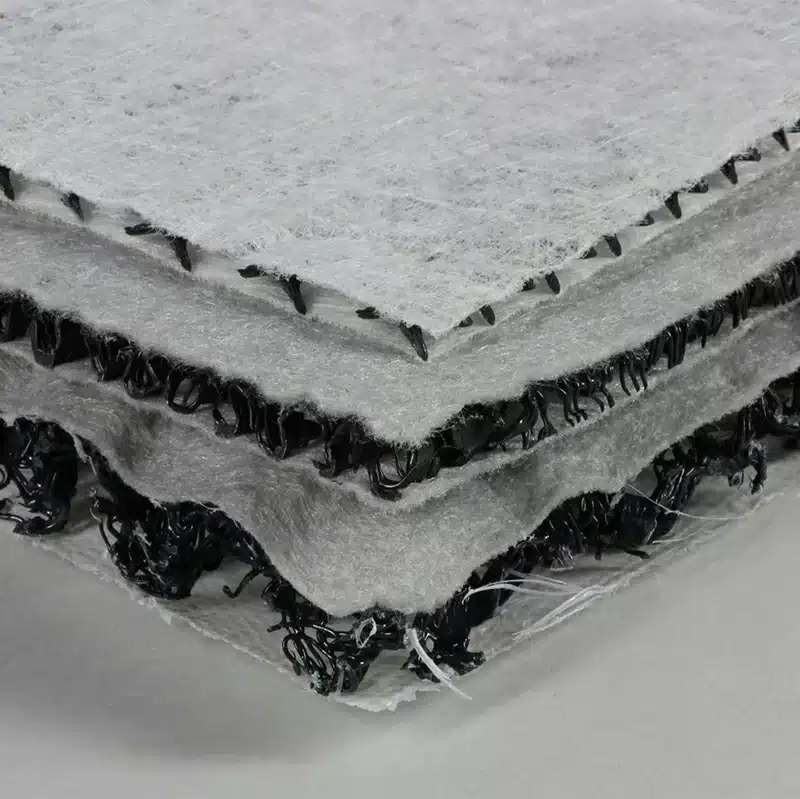
Get Free Sample
We’ll respond as soon as possible(within 12 hours)

